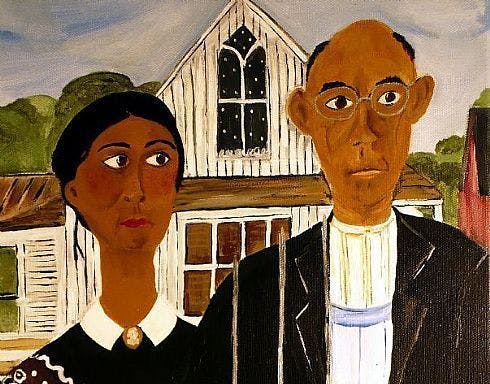The True History of Diversity in Magazine Publishing with Mr. Magazine
By Linda Ruth
Wed, Feb 9, 2022

By Linda Ruth
“When you look at a newsstand today, you see more people of color represented on the covers than ever before,” Samir says. “What does that mean to this moment in publishing?”
In honor of Black History Month, the Pandemic Publishing Roundtable—Joe Berger, Bo Sacks, Samir Husni, Sherin Pierce, Gemma Peckham, and I—have gathered to hear Samir tell us about the history of persity in magazine publishing.
Samir has been observing the gestures of inclusiveness made of late by some of the biggest mainstream magazine publishers, and meeting with boards of the magazines to discuss it. “Is it possible that we’re looking at an over-correction?” he asks. “Is it possible that we’re doing this, not because it’s what is relevant to our audience, but for other, less serious reasons? That is what some of the publishers I’ve been speaking to are asking.”
Joe: I would argue that a lot of what we see is just a course correction from past lack of inclusivity. Vogue, Esquire, GQ—those have never called themselves specifically magazines for white people. They were never looking to make that kind of statement; and yet, a whole portion of their potential readership was underrepresented.”
Samir: And how are the readers going to take it? Will we see a drop in subscribers and newsstand sales?
Joe: Nowadays newsstand’s such a minor part of the circulation puzzle that no one really cares. With subscriptions, time will tell.
Samir: Publishers tell me that because of high cover prices, magazines are less an impulse buy. People come to the newsstand with the intention of buying a particular publication; hence, the cover is less important.
Joe: And they’re wrong. When people are going to spend their money on something, they want it to look good. It only makes sense to put the best foot forward to pick up marginal sales.
Samir: So by creating covers with greater persity, are publishers undermining their sales over time?
Linda: Part of putting people of color on the cover is that it gets people more used to seeing them as members of the whole. It changes the way people perceive one another, and seeing people as less marginalized has the effect of making them less marginalized.
Samir: So then I would ask: why did it take so long? Why is it something we’re just seeing now?
Bo: The magazine industry all about imagery. That image of George Floyd, of a white guy killing a black man with his knee on his neck, exposed all we need to know.
Sherin: As did the image of Ahmaud Arbery.
Bo: It was a wakeup call, and the media has responded to it.
Sherin: I think it also had something to do with our Black president.
Samir: That is all true as far as it goes. But genuine persity has existed in magazines for decades, as I am going to show you. Let’s start with Jet magazine. Jet was published by the Johnson Publishing Company from 1951to 2014, sixty-three years. People will tell you there has never been a white person on the cover, but I will tell you that isn’t true. I have spent this week searching for answers, and this is what I have discovered.
The first cover with a white person was Feb 21, 1952, only four months after the launch. Over the years there were covers of interracial marriages, and I believe John Johnson wanted to normalize this. In November of 1952, Adlai Stevenson appeared on the cover. In 1953 you have an issue showcasing cowboy fashion. It shows Roy Rogers with a little boy named Michael Jackson. Wait, I thought, how is that possible—Michael Jackson was born in 1956! Well, this was a different Michael Jackson.
With few exceptions, there was always a Black person with the white. The first time ever a white woman was alone on cover was September 1953, for a feature about white entertainers in “negro” clubs. Jessie Young was a white woman who made her fortune and success dancing in Black nightclubs. Ten years later, in December of 1963, JFK was featured. Other than that, there were four issues with only white folks on the cover, and they were all politicians—1960, 1964, 1968 and 1972.
Going back to February’s British Vogue, with their nine Black models; you hear people saying, finally we have persity. That’s why it’s so important for us to dig into the past—this is real persity. It was important, it was relevant to the audience; those politicians were the movers and shakers of the civil rights movement.
Linda: The models on the February British Vogue are likewise relevant because they showcase beauty and style.
Samir: Look through the back issues of Highlights for Children. You’ll see they have always had that persity on their covers and in their pages.
Joe: It’s incredible what John Johnson accomplished. His publishing building was a big landmark in Chicago.
Samir: I will tell you the story of how he was able to rent that. As his magazines grew he needed more space, but at that time it was next to impossible for a Black man to rent space on Michigan Avenue. He met with the realtors, accompanied by his white lawyer, while he was disguised as a janitor.
John Johnson was ahead of his time.
